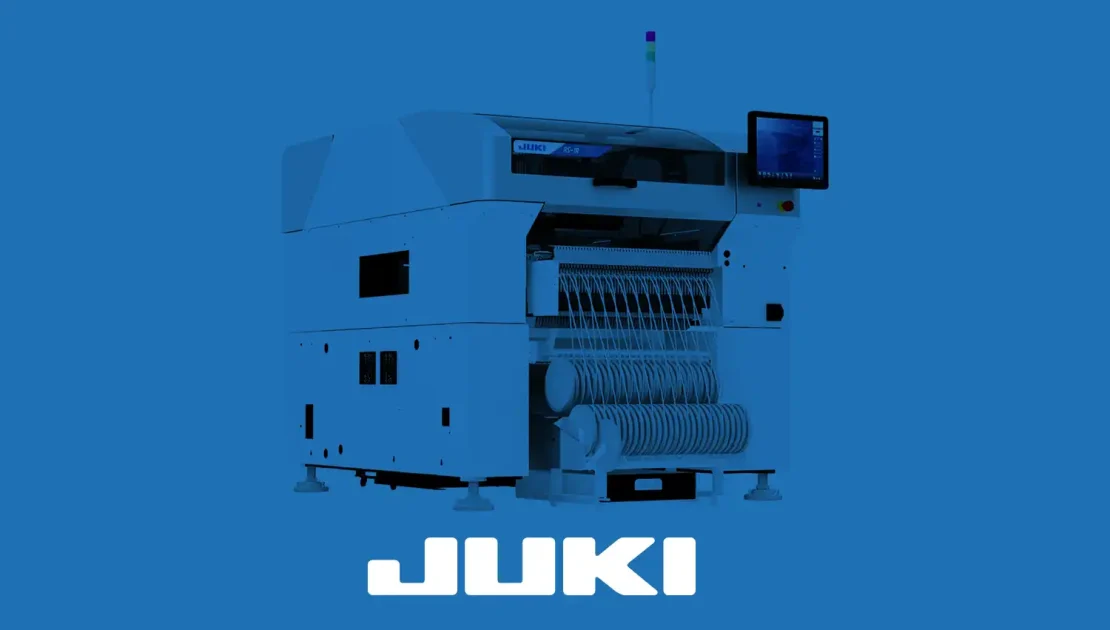Key Features of JUKI Pick & Place Systems
1. Advanced Placement Technologies
JUKI‘s proprietary placement heads, including the Takumi and Planet Heads, facilitate rapid and precise component placement. These technologies enable high-speed operations, with certain models achieving placement rates up to 105,000 components per hour (CPH) .
2. Intelligent Vision Systems
Equipped with sophisticated vision systems, JUKI machines ensure accurate component recognition and placement. This capability is crucial for handling a wide array of components, from 0201 metric chips to larger, complex parts .
3. Modular and Flexible Design
The modular architecture of JUKI systems allows for seamless integration into existing production lines and easy scalability. This flexibility supports both SMT and THT assembly processes within a single platform .
4. User-Friendly Programming
JUKI’s software solutions simplify the programming process, enabling quick setup and efficient changeovers. Features like offline program creation and AI-assisted component data generation reduce downtime and enhance productivity .
Benefits of Implementing JUKI Systems
Improved Accuracy: Advanced vision systems and precise placement heads minimise errors, ensuring high-quality assembly.
Operational Flexibility: Modular design and intelligent software allow for quick adaptation to varying production requirements.
Cost Efficiency: Low maintenance needs and energy-efficient operations contribute to reduced operational costs over time.
Applications Across Industries
JUKI Pick & Place systems are utilised in various sectors, including:
Automotive Electronics: For assembling complex electronic control units (ECUs) and infotainment systems.
Consumer Electronics: In the production of smartphones, tablets, and wearable devices.
JUKI Americas
Medical Devices: For manufacturing compact and reliable medical diagnostic equipment.
Industrial Controls: In the assembly of programmable logic controllers (PLCs) and other automation components.
JUKI Pick & Place systems represent a confluence of speed, precision, and adaptability, making them an invaluable asset in modern electronics manufacturing. Their advanced features and user-centric design ensure that manufacturers can meet the demands of today’s dynamic production environments with confidence and efficiency.

